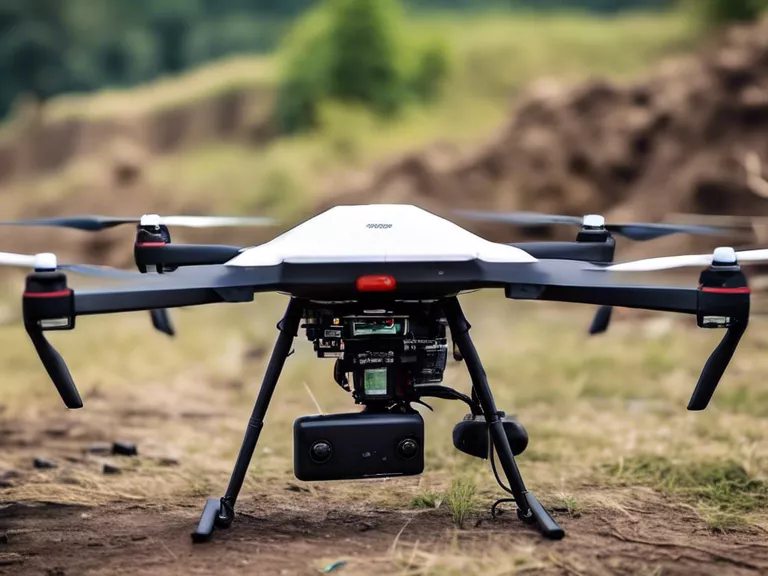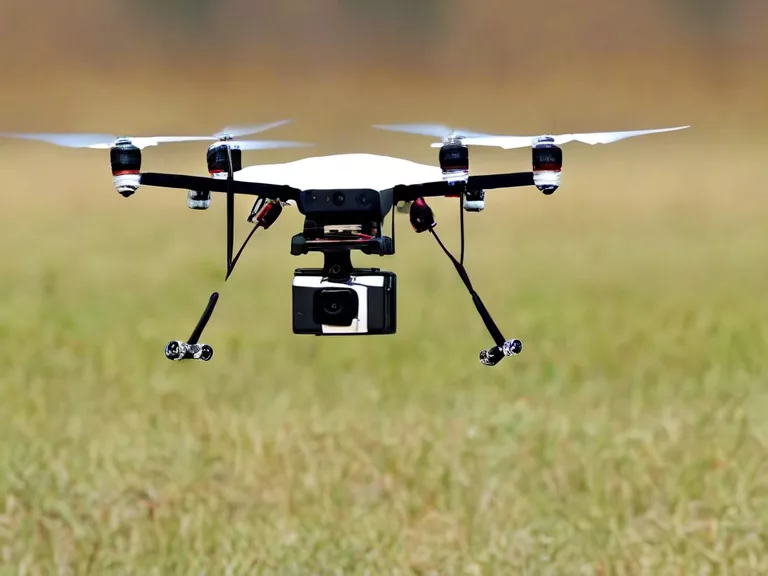
Drones have quickly become a valuable tool in disaster relief efforts and search-and-rescue operations around the world. These unmanned aerial vehicles are able to reach areas that are difficult for humans to access quickly and safely, providing crucial assistance in times of crisis.
In disaster relief scenarios, drones are used for a variety of tasks. They can quickly assess the extent of damage caused by natural disasters such as hurricanes, earthquakes, and floods, providing vital information to emergency responders and aid organizations. Drones equipped with thermal imaging cameras can also help locate survivors trapped in collapsed buildings or remote areas, guiding rescue teams to their exact location.
Search-and-rescue operations benefit greatly from the use of drones as well. These aerial vehicles can cover large areas in a short amount of time, increasing the chances of locating missing persons. Drones equipped with high-definition cameras and sensors can provide real-time footage to rescue teams, helping them navigate difficult terrain and locate individuals in need of assistance.
One of the key advantages of using drones in disaster relief and search-and-rescue operations is their ability to operate in hazardous conditions. Drones can fly over areas that may be unsafe for human responders, such as areas affected by chemical spills, wildfires, or collapsed structures. This reduces the risk to rescue teams and allows them to focus on providing aid to those in need.
Overall, drones have proven to be an invaluable asset in disaster relief and search-and-rescue operations, providing responders with crucial information and resources to save lives. As technology continues to advance, these unmanned aerial vehicles will play an increasingly important role in emergency response efforts worldwide.



